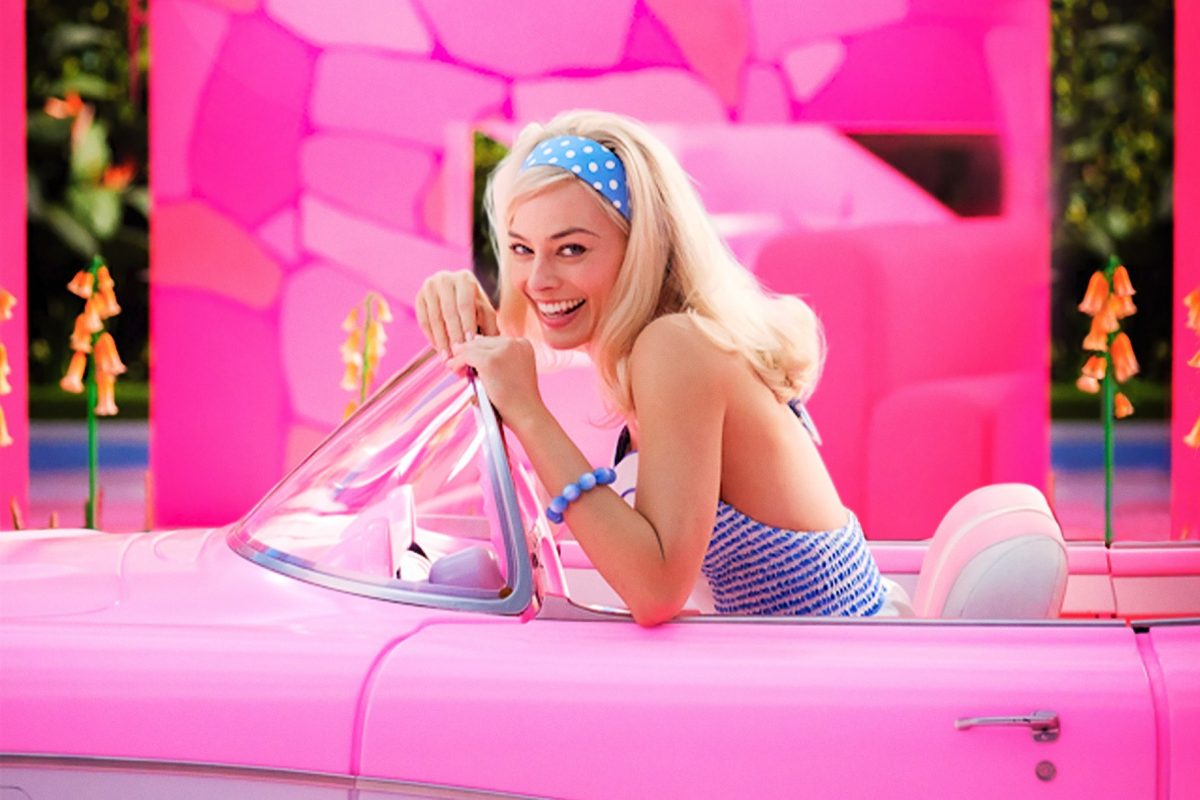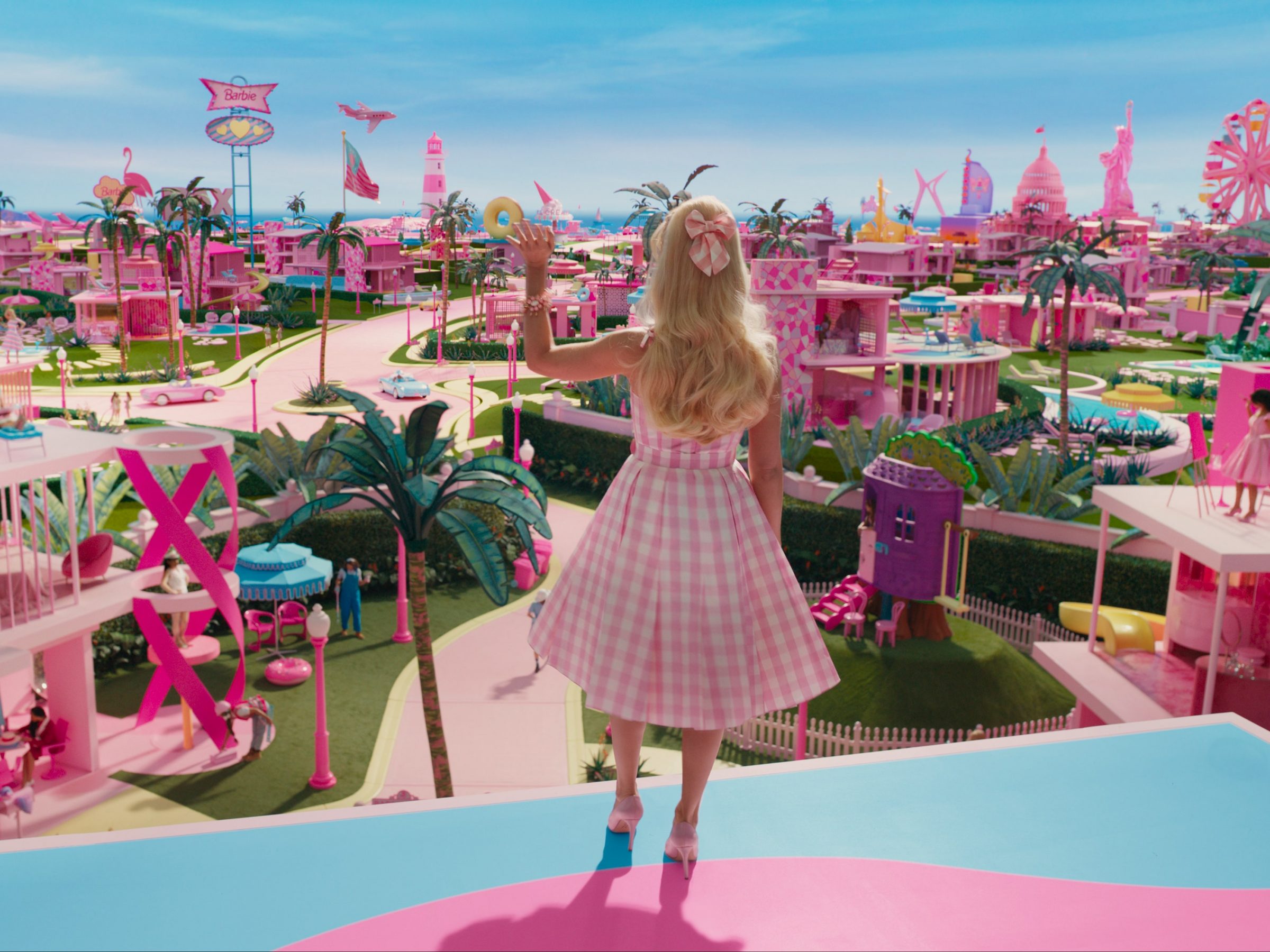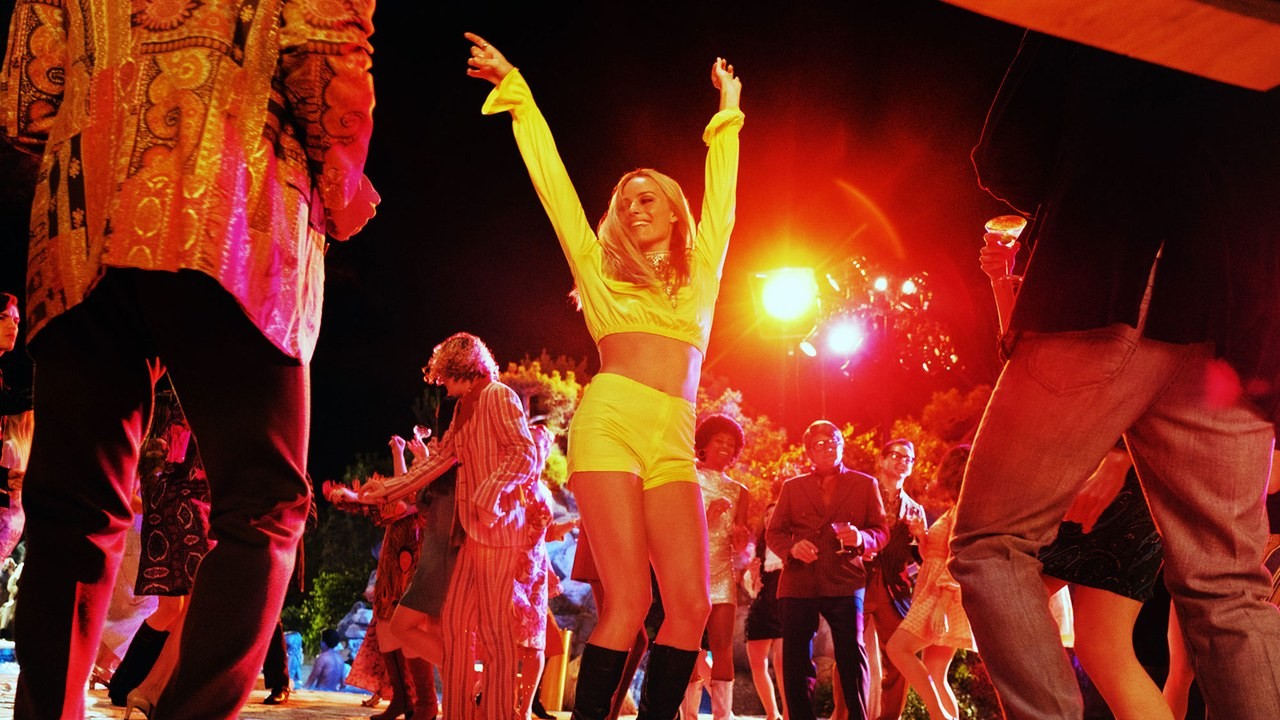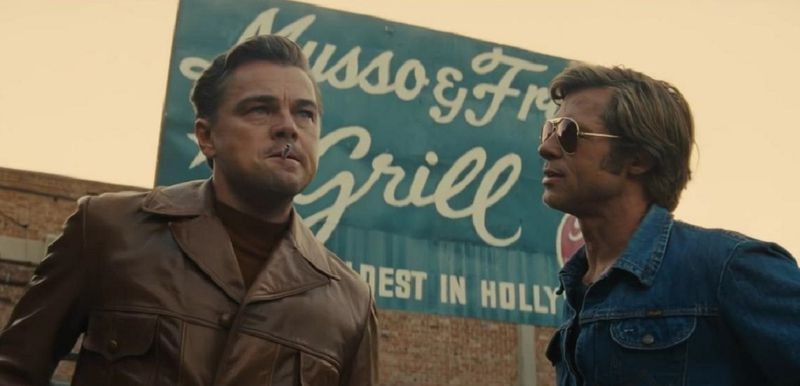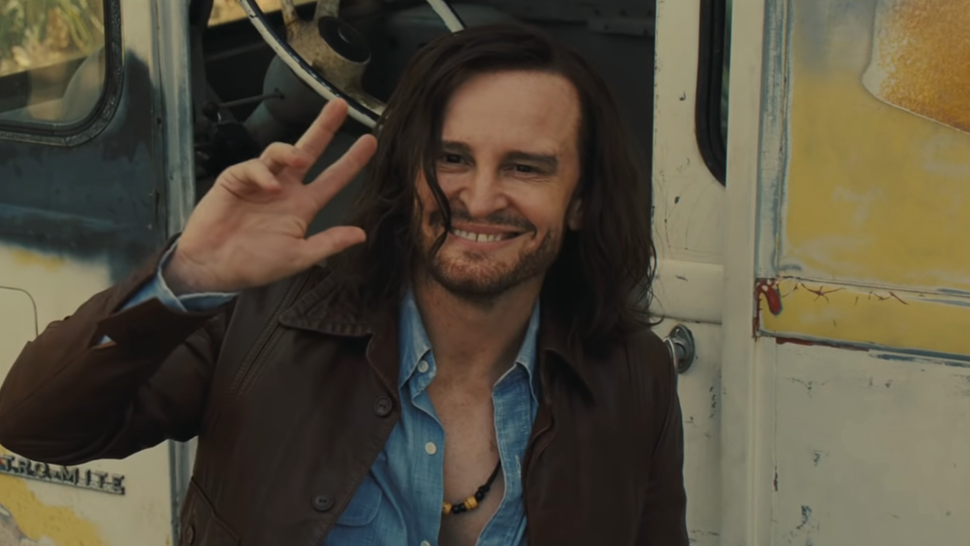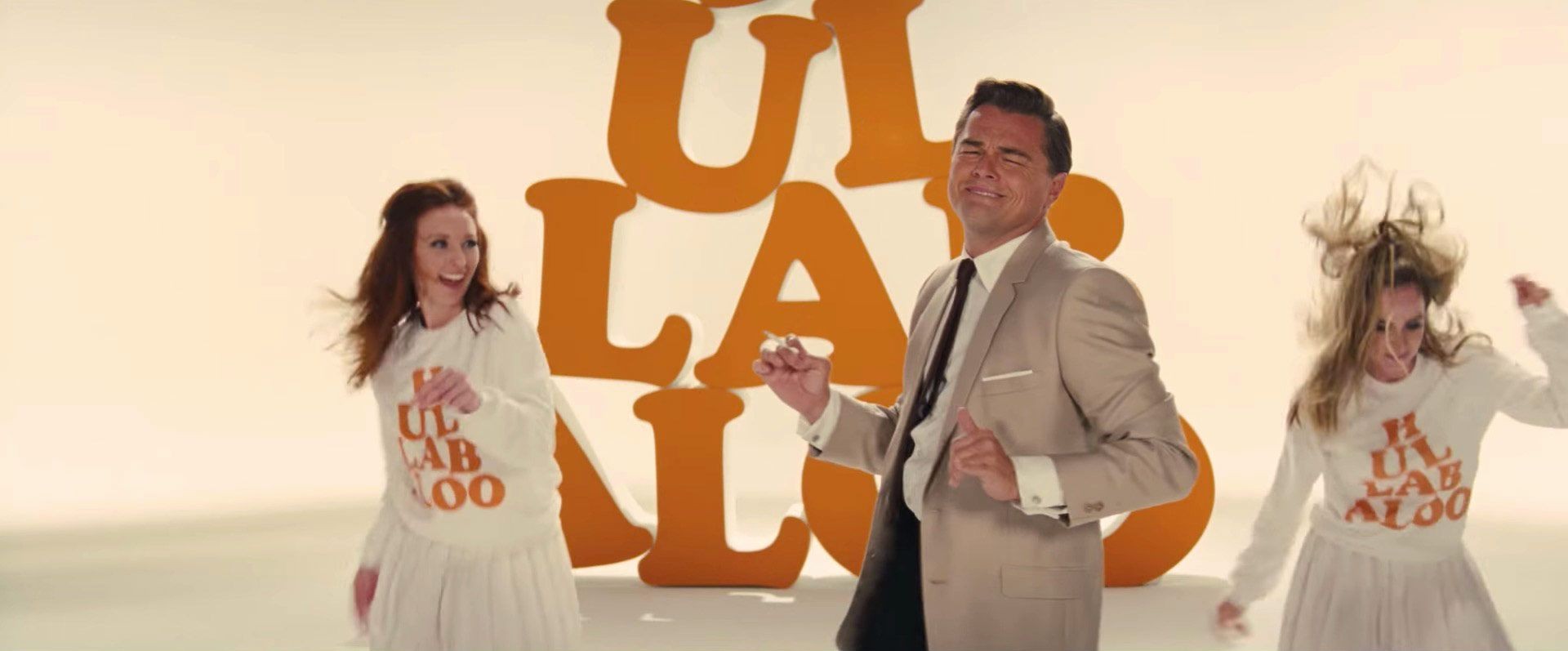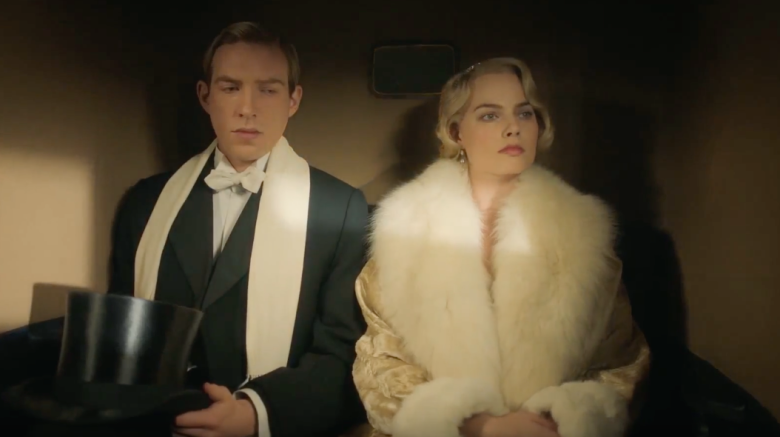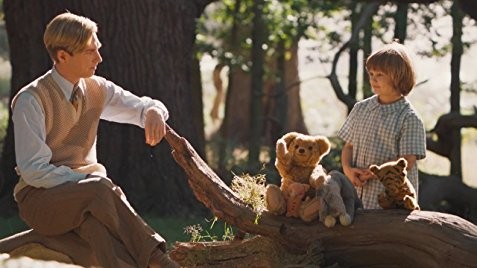It began as an internet joke. Barbie and Oppenheimer were both scheduled to open on July 21st. Wouldn’t it be weird to watch both of them back-to-back?
Counter-programming is a long tradition among film distributors. Whenever there’s a big “boy” movie, like The Dark Knight, someone with a “girl” movie, like Mamma Mia!, will schedule it for release the same weekend. The theory behind “Dark Mamma” (which really happened in 2008) is that maybe girlfriends and grandmas who are not into Batman can be scraped off of a family outing by the promise of something they would actually like.
By that logic, the hot pink good cheer of Barbie is the perfect foil for the dark, brooding Oppenheimer. No one expected the audience reaction to be “Let’s do both!” Maybe that’s because the studio execs’ conception of who their audiences are and what they want is deeply flawed and out-of-date.

On the surface, the two films couldn’t be more different. But there are a lot of parallels. Both Christopher Nolan and Greta Gerwig are writer/directors with exceptional track records. Both got essentially free rein to do what they wanted. In Nolan’s case, it was because Universal wanted to lure him away from Warner Bros. In Gerwig’s case, the film was greenlit just before the pandemic and Warner Bros.’ takeover by Discovery. In the chaos, executives focused on rescuing The Flash, and no one cared enough about “the girl movie” to interfere with Gerwig’s vision.
Both films are, relatively speaking, mid-budget. Nolan kept the ship tight at $100 million; Gerwig ended up spending $145 million. For comparison, Marvel films can’t even roll camera for less than $200 million, and Warner Bros. will lose $200 million on The Flash alone. Indiana Jones and the Dial of Destiny cost an eye-watering $295 million after Covid delays.
More unexpected parallels emerge on screen. Both main characters face a reckoning for what they brought into the world. In J. Robert Oppenheimer’s case, it’s the atomic bomb. In Barbie’s case, it’s unrealistic expectations of female perfection.
In her Memphis Flyer review of Barbie, Kailynn Johnson writes, “The idea of a doll visiting the real world and learning to adjust to a life that’s not so fantastic was always in the cards for Barbie — the 2000 movie Life-Size starring Tyra Banks walked so Gerwig could run with Barbie. As she is catcalled by construction workers in Venice Beach, Barbie realizes misogyny did not end with Supreme Court Barbie. She suffers an existential crisis when she realizes that her very brand is determined by an all-male team led by Mr. Mattel (Will Ferrell). … Gerwig uses Barbie to explore the nuances of feminism, but the film never feels too heavy or takes itself too seriously. She carefully sandwiches some of the deeper moments with satire. It helps that Mattel isn’t afraid to laugh at itself.”
Barbie may have benefitted from low expectations from those who were unfamiliar with Gerwig’s near-perfect filmography, but expectations couldn’t have been higher for Nolan, the inheritor of Stanley Kubrick’s “Very Serious Filmmaker” mantle. Big, complex, and messy, Oppenheimer doesn’t lack for ambition. I wrote in my review, “The Trinity bomb test, which comes about two hours into this three-hour epic, is a near-silent tour de force of fire and portent. The scientists’ queasy victory party, held in a cramped Los Alamos gymnasium, may be the best single scene Nolan has ever done. … If only the whole movie were that great.”
The weekend box office results exceeded everyone’s expectations. Barbie raked in $162 million domestically — the biggest opening haul of the year, and the biggest ever by a female director. Oppenheimer did $82 million, a stunning result for a talky three-hour movie about nuclear physics. Overall, it was the fourth-largest grossing weekend in film history.
Viewers who rolled their own Barbenheimer double feature on some internet dare to experience the most intense psychic whiplash possible found two well-made movies, each with their own voice and something to say. Instead of competition, these two films have lifted each other up and inspired real conversation. The tribal question of “which one is better?” has, so far, been secondary. (It’s Barbie, FWIW.)
In Hollywood, unexpected success is more upsetting than unexpected failure. The public’s embrace of original, creative, filmmaker-driven pictures over legacy franchises systematically drained of originality by cowardly executives is now undeniable. As the WGA and SAG-AFTRA strikes grind on, and the studios plot to break the creatives’ will, audiences have sent a clear message about who is necessary and who is expendable.
Barbenheimer (Barbie + Oppenheimer)
Now playing
Multiple locations

